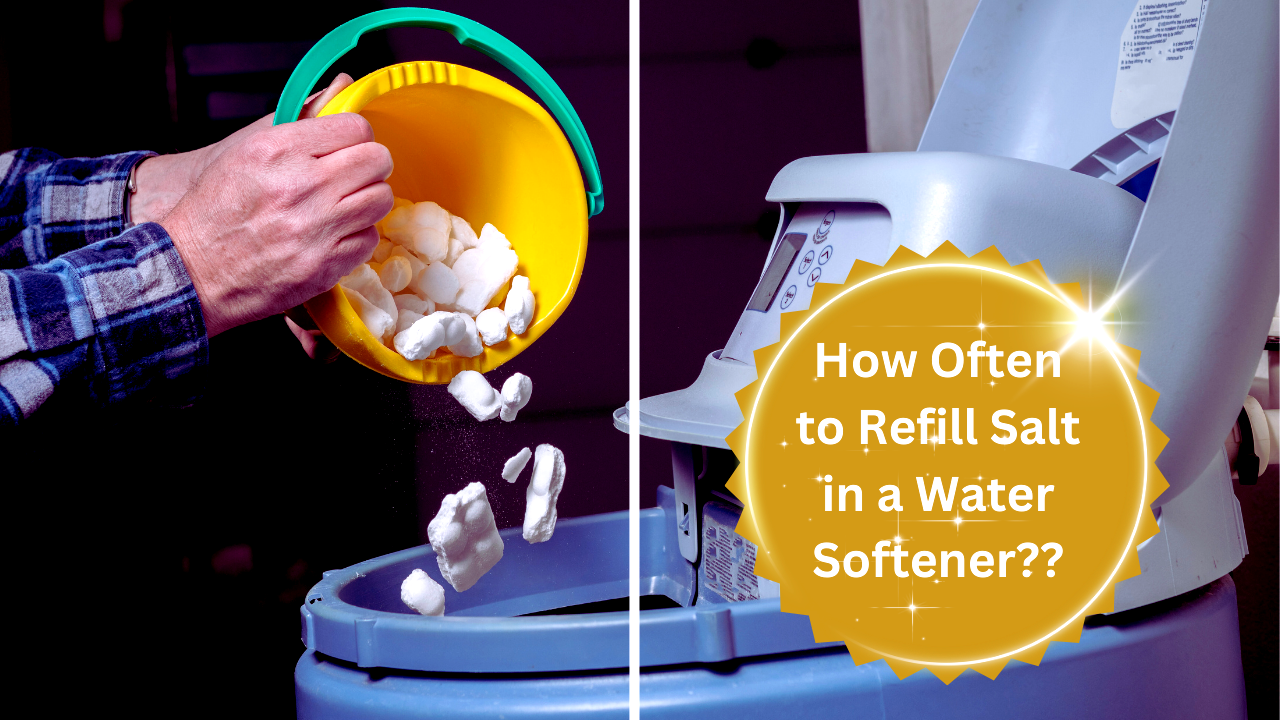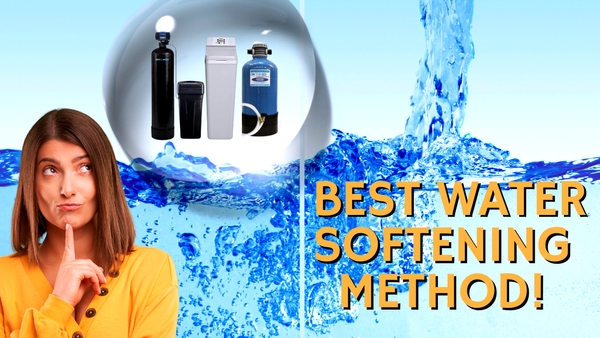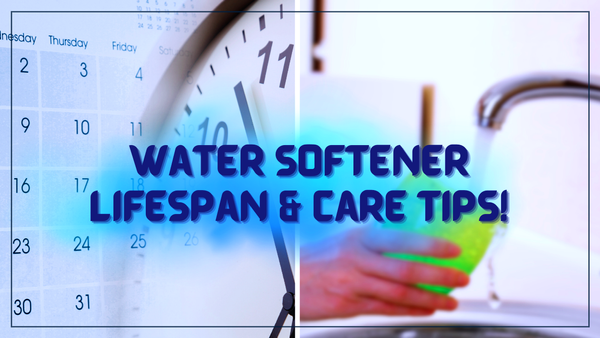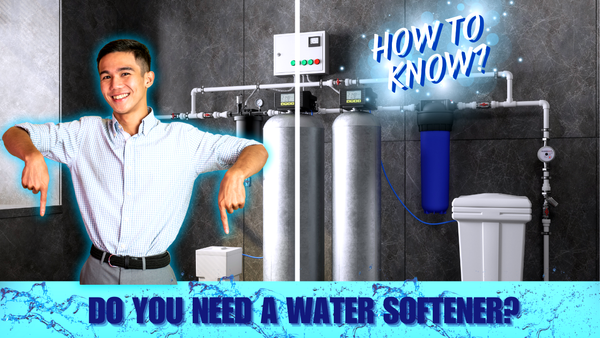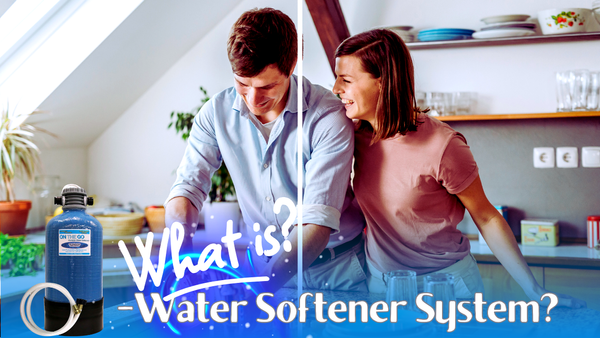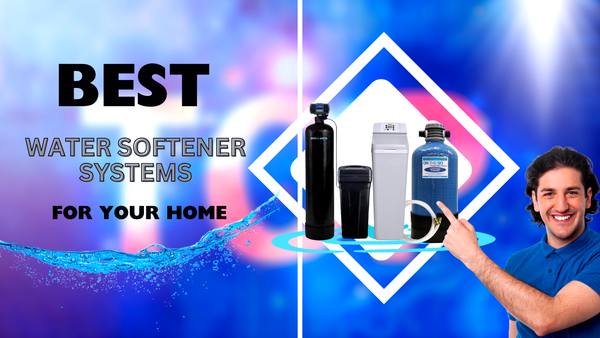Key Takeaways:
- Check and fill salt in your water softener regularly for soft water.
- Salt refill frequency depends on household water usage and water hardness.
- Know the signs of low salt levels to prevent hard water problems and ensure your water softening system works efficiently.
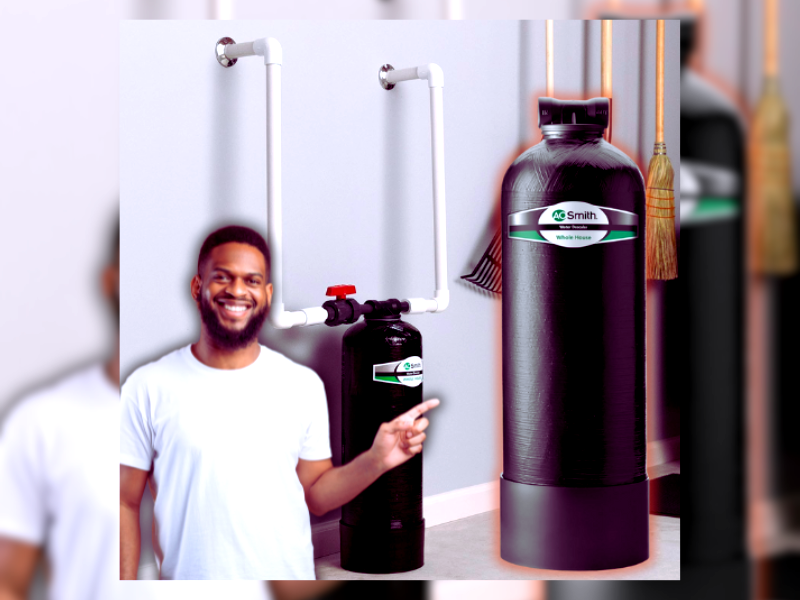
Water Softener Salt Usage
Water softeners are a must for households with hard water. They work by replacing hardness minerals like calcium and magnesium with sodium ions so your water is soft and usable. The salt in your water softener is key to this process as it regenerates the resin beads that trap these minerals.
How often you add salt to your water softener depends on several factors, including the size of your brine tank, water hardness, and household water usage. An average family might need to fill the salt every 4 to 6 weeks, but this can vary.
Factors Influencing Salt Refill Frequency
The more water your household uses, the more often you must add salt to your water softener. For example, a family of four with high water usage will need to fill the salt more often than a smaller household. Monitor your water usage to gauge how often you should check the salt levels.
Water hardness levels affect how often you need to fill the salt. Harder water requires more frequent regeneration cycles, which means more salt consumption. You can test your water hardness with a test kit or by contacting your local supplier.
Checking Salt Levels in Your Brine Tank
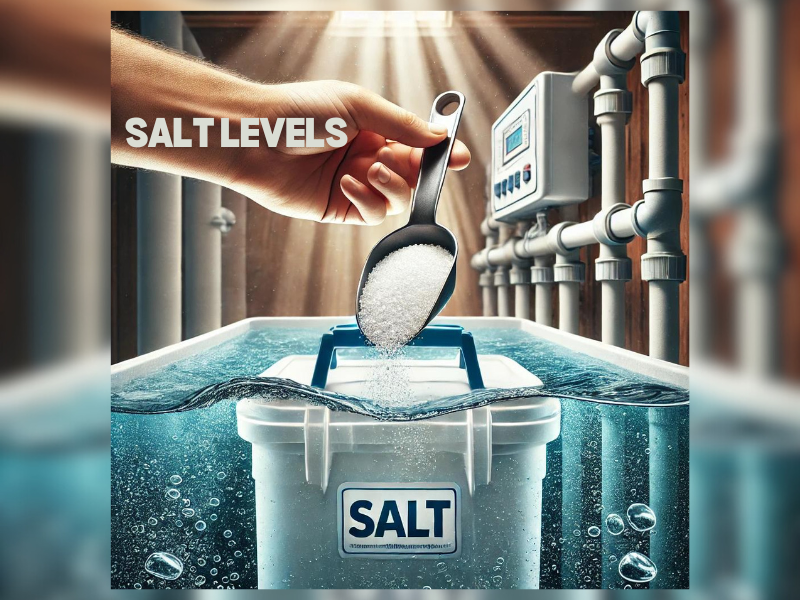
Check the salt levels in your brine tank regularly to ensure your water softener works efficiently. The salt level should be above the water level in the tank. If the salt level gets too low, the water softener won’t be able to regenerate, and you’ll have hard water problems.
To check the salt level, lift the lid of the brine tank and look inside. If the salt is low, it’s time to add more. It’s a good habit to check the salt level at least once a month to ensure your water softener runs smoothly.
How Much Salt to Add
Don't overfill the brine tank when adding salt to your water softener. A good rule of thumb is to keep the tank at least half full of salt. Overfilling can cause salt bridges which prevent the salt from dissolving and disrupt the water softening process.
Using the right type of salt is also important. Solar salt, evaporated salt, and rock salt are common options. Each has pros and cons, so choose the one best for your water softener and household.
Signs You Need to Refill Salt
One of the most obvious signs you need to refill the salt in your water softener is the return of hard water symptoms. These can be soap scum buildup, dry skin, and spots on dishes. If you notice these issues, check your brine tank immediately.
Many modern water softeners have a low salt alarm. This handy feature will alert you when the salt level is low so you never run out of salt unexpectedly. If your water softener has this feature, pay attention to the alarm and fill the salt as needed.
Preventing Salt Bridges
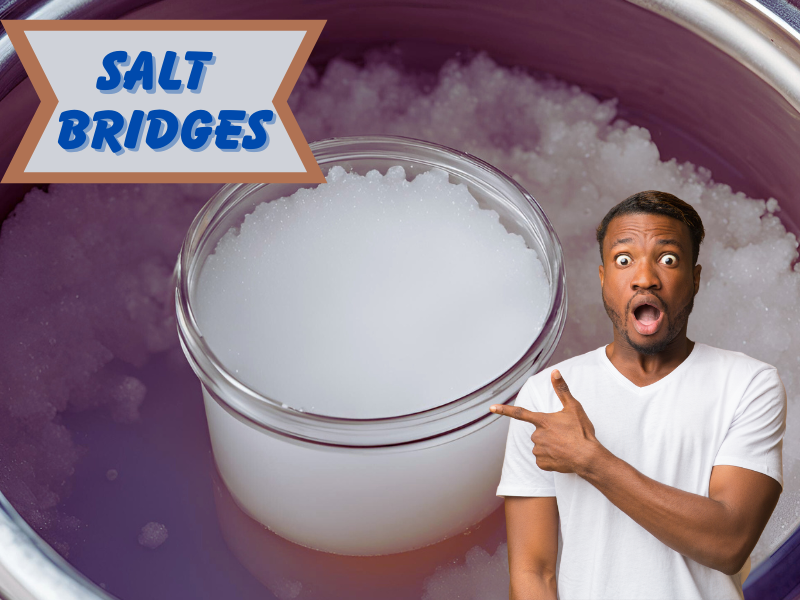
Salt bridges are a common issue that can affect your water softener. A salt bridge is when a hard crust forms in the brine tank preventing the salt from dissolving. This can cause inefficient regeneration cycles and hard water problems.
To prevent salt bridges, use high-quality salt and don’t overfill the brine tank. Regularly breaking up any crust that forms will also help maintain the salt level and ensure your water softener runs smoothly.
Choosing the Right Salt
Solar salt is a common choice for water softeners. It’s made by evaporating seawater and is available in crystal or pellet form. Solar salt is very effective and dissolves well so it’s good for most water softening systems.
Evaporated salt is another good option. It’s made by evaporating water from a brine solution resulting in very pure and effective salt. Evaporated salt is more expensive than other types, but its purity can lead to better performance and fewer salt bridges.
Benefits of Regular Salt Refills
Refilling the salt in your water softener regularly will give you consistent soft water. This will prevent issues like soap scum buildup, dry skin, and spots on dishes making your daily life more comfortable and hassle-free.
Soft water can also extend the life of your household appliances. Hard water minerals can build up in appliances like dishwashers and washing machines, reduce their performance, and cost you money to repair. Maintaining the right salt level can protect your appliances and save money in the long run.
Salt Delivery Services

For those who can’t keep up with regular salt refills, salt delivery services can be a convenient option. These services will deliver bags of salt to your doorstep so you’ll never run out of salt. Some services even offer automatic delivery based on your household’s water usage and water softener needs.
Monitoring Water Quality
Checking your water quality will help you know how often you need to refill the salt in your water softener. Testing your water hardness and monitoring any changes will give you valuable insights into your water-softening system.
Maintaining Your Water Softener
Maintaining your water softener is more than just refilling the salt. Regularly cleaning the brine tank, checking for salt bridges, and ensuring the system is running correctly will extend its life and performance.
Summary
Maintaining the right salt levels in your water softener is crucial for ensuring a consistent supply of soft water and preventing hard water problems. By understanding the factors that influence salt usage, regularly checking the salt levels, and choosing the right type of salt, you can keep your water-softening system running smoothly. Additionally, considering salt delivery services and monitoring your water quality can further enhance the efficiency and convenience of your water softener. To keep up with the latest water filter tips and offers, subscribe to our newsletter today!
FAQ
How often do you refill salt?
How often salt is refilled depends on household water usage and water hardness. An average family would need to refill the salt every 4 to 6 weeks.
What type of salt to use?
Common salts for water softeners are solar salt, evaporated salt, and rock salt. Each has its pros and cons, so choose the one that’s best for your water softener and household.
How to prevent salt bridges?
Use high-quality salt, don’t overfill the brine tank, and break up any crust that forms. This will ensure the salt dissolves properly and your water softener will run efficiently.
